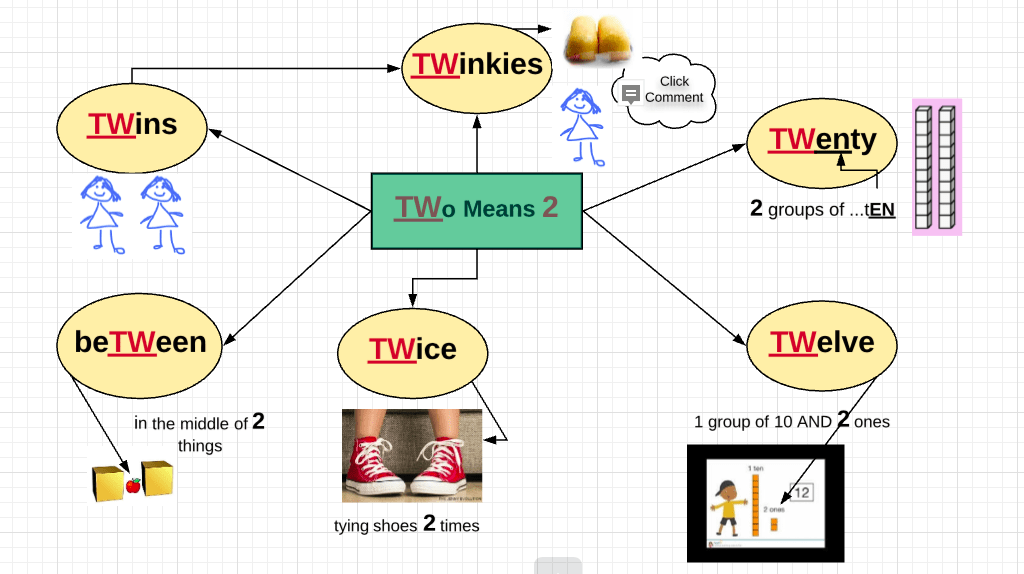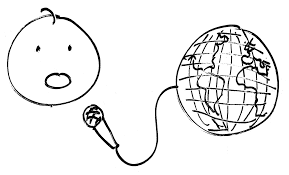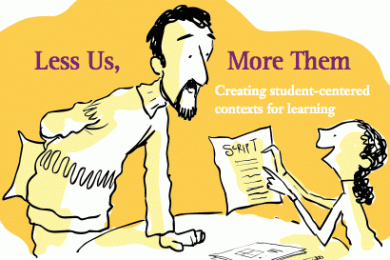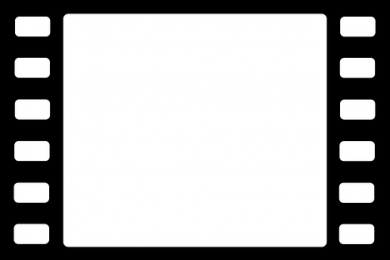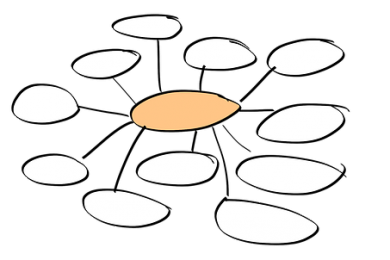When I think of using mind maps in the classroom, I’m really thinking about how I can show kids this really great strategy for structuring and organizing their thinking with the intention of digging deeper into what they know, discovering connections and patterns that previously weren’t so obvious, and helping their learning stick, not just for a test or a quiz, but for a lifetime. If someone could get inside my head, they’d see that things look kind of messy — tons of thoughts shooting in all kinds of directions. Sometimes those thoughts get tangled up and I get stuck. A mind map helps me visually see what I’ve got going on, calms me down a bit, and helps me move forward with my ideas. In my classroom, I could definitely see using mind maps to summarize, show relationships among math concepts, and analyzing characters.
The thing that I like about mind maps is that they allow for so much flexibility; you make them your own. You have to really think about how you’re thinking and learning, which gets at that metacognition stuff. You have to find a way to make the mind map work for you, which means you start to understand how you learn. Do you need color to sort out categories and ideas? Do you need more visuals to help you remember a concept? Where do you need larger or smaller text to match meaning? All of these decisions play a role in how you learn best. These are the things we want kids to be thinking about.
Mind maps are great for organizing notes, drawing connections among concepts, discovering patterns, and planning a project that has many layers. Doodling a mind map on good old-fashioned paper does work well, but I’ve found that going digital provides tools that let you go way deeper. It’s almost like once you get started, it’s hard to stop.
In first grade, we do a lot of word work. This isn’t just learning how to spell words or memorize them. We analyze word parts, looking for meaning to help us better understand how a word literally works. We’re making connections and finding other words with similar patterns or meanings. A commonly misspelled word (among lots of people, not just 1st graders) is the number “two.” Either the “w” is left out or it’s placed at the end (tow). This typically happens when kids are just expected to memorize. Memorization isn’t a bad thing, it just doesn’t always work and opportunities for deeper learning are lost. I want kids to be curious about words, understand their word parts, and make connections to other known words. I want them to be analytical and make sense out of what they’re learning. All the time.
So for this lesson, one of my favorites, we’re going to dig deeper into that “w” in the word “two.” I’d start with an inductive learning lesson in which we’d study pictures of things that all have something to do with the number 2. Then I’d write the word under each picture, again letting kids discover that all these things that have to do with 2, are spelled with a “tw.” After drawing conclusions, kids will make a mind map of words that contain “tw,” all related to the number 2 in some way. They’ll include images to illustrate the meaning of each word. The repetition of talking about our words, sharing and explaining mind map plans to learning partners, and doing stuff with the words, will lead to deeper long-term understanding. Below is a screenshot of my sample mind map as if completed by a student:
